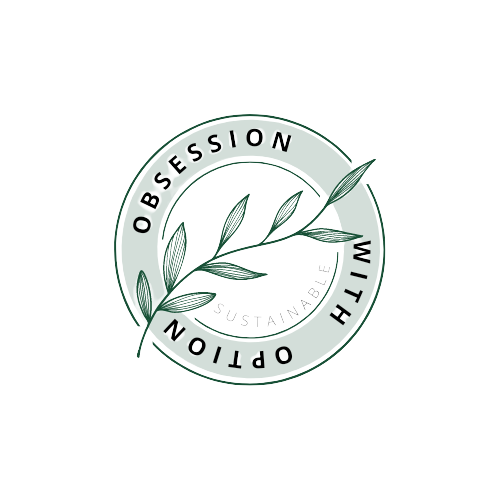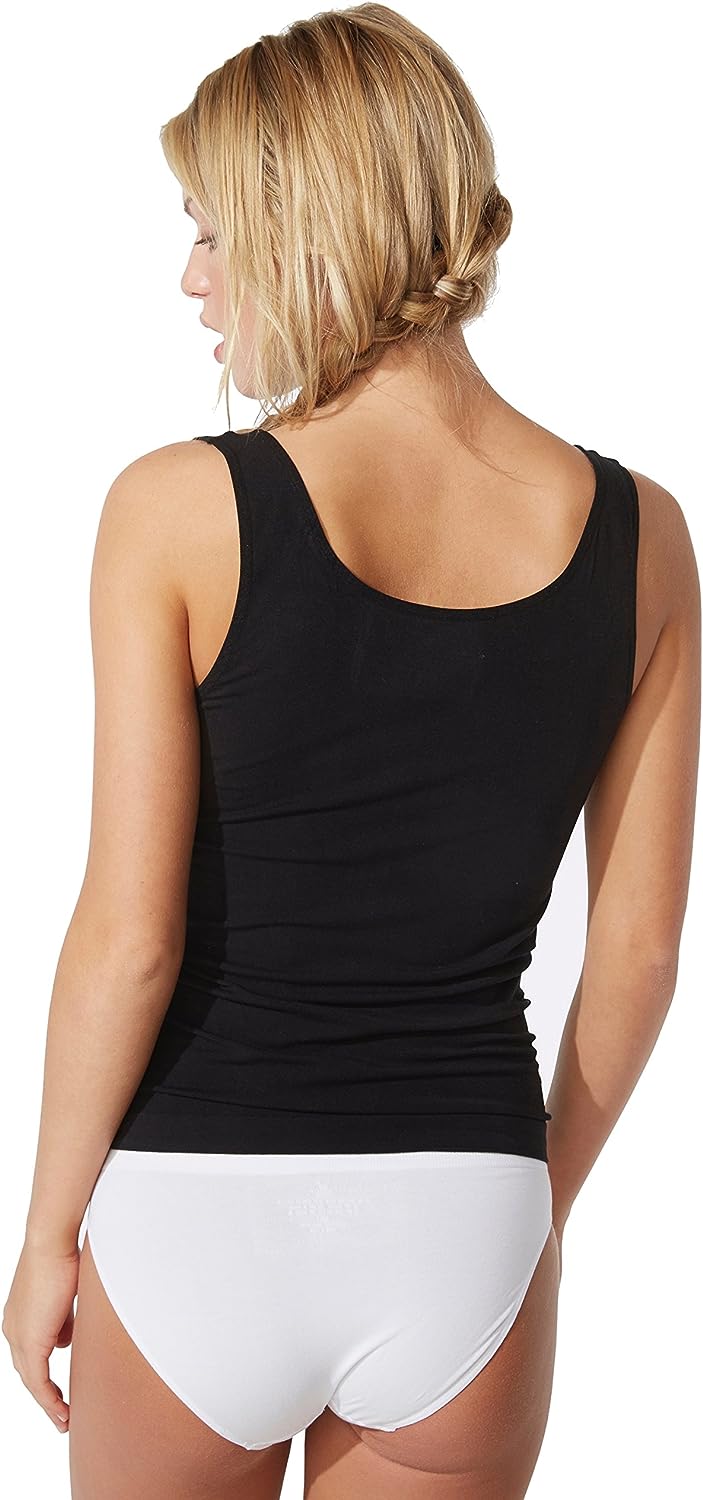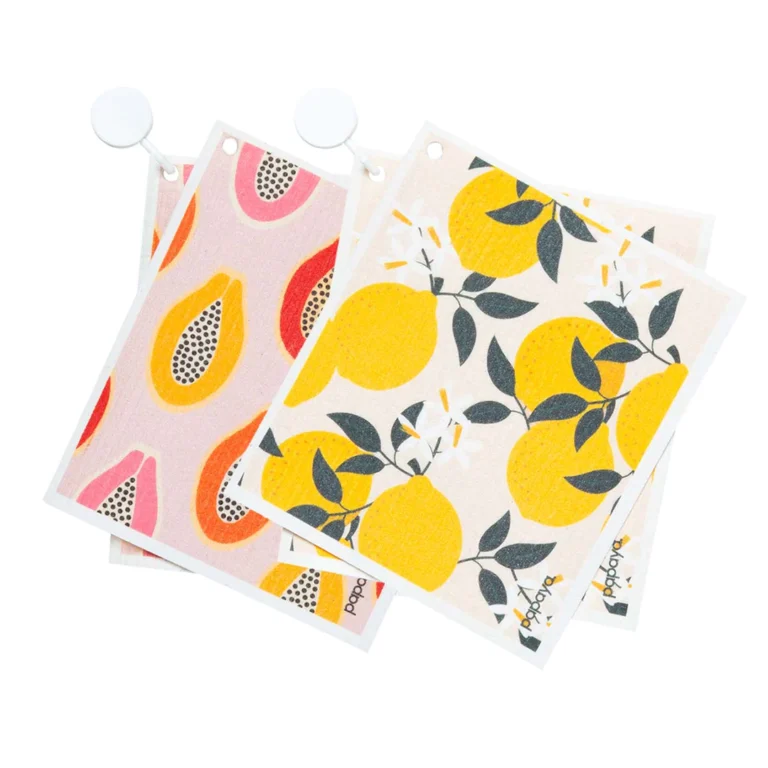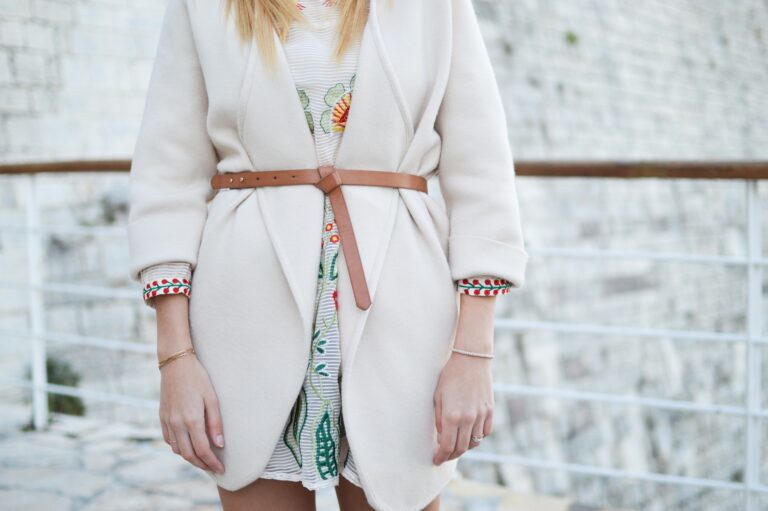In this article, we will analyze the impact of Urban Outfitters on the fast fashion industry. We will explore how this popular retailer has shaped the industry and discuss the various ways in which it has influenced consumer behavior and fashion trends. From its unique marketing strategies to its focus on sustainability, we will delve into the factors that set Urban Outfitters apart from other fast fashion brands. By the end of this article, you will have a better understanding of the significant role Urban Outfitters plays in shaping the fast fashion industry.
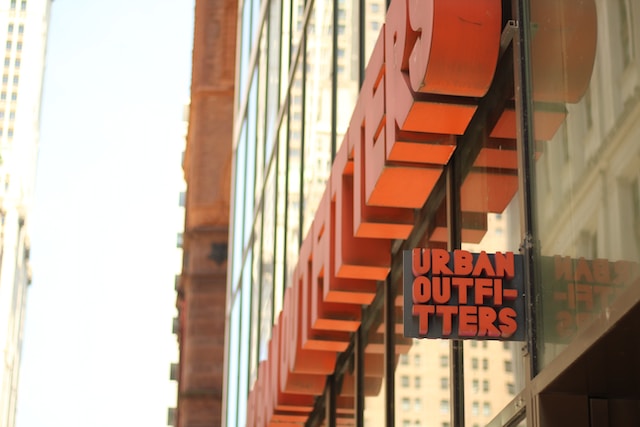 Introduction to Urban Outfitters
Introduction to Urban Outfitters
Urban Outfitters is a popular clothing and lifestyle retailer known for its trendy, youthful, and vintage-inspired products. With more than 200 stores worldwide, Urban Outfitters has established itself as a prominent player in the fast fashion industry. This article aims to analyze the impact of Urban Outfitters on the fast fashion industry, focusing on its history, growth strategies, sustainability efforts, consumer perception, innovation, marketing, challenges, and opportunities.
History and founding of Urban Outfitters
Urban Outfitters was founded in 1970 by Richard Hayne, Judy Wicks, and Scott Belair. The first store, initially named “Free People’s Store,” opened in Philadelphia, Pennsylvania. The store primarily focused on selling second-hand clothing and household items. Over time, the brand expanded its product range, catering to the fashion needs of young adults and teenagers.
In the 1980s, Urban Outfitters began introducing its in-house brands, such as BDG and Ecote, offering unique and affordable fashion options. The company’s ability to recognize emerging trends and cater to the demands of its target market played a significant role in its success and growth.
Overview of Urban Outfitters as a fast fashion retailer
Urban Outfitters operates as a fast fashion retailer, which refers to the quick production and distribution of trendy clothing at affordable prices. The company follows a vertical integration model that involves designing, sourcing, manufacturing, and selling its products. This approach allows Urban Outfitters to respond swiftly to market trends and consumer demands.
The brand’s product offerings include clothing, accessories, furniture, home decor, and beauty products. Urban Outfitters creates a unique shopping experience by curating an eclectic mix of vintage-inspired items, bohemian styles, and streetwear. With its target audience mainly consisting of young adults, the brand appeals to their desire for self-expression and individuality.
Fast Fashion Industry
Definition and characteristics of fast fashion
Fast fashion refers to the mass production and rapid turnover of affordable fashion items, following the latest trends. Characteristics of fast fashion include frequent new arrivals, quick production cycles, low prices, and an emphasis on disposable fashion. Consumers are encouraged to frequently purchase new clothes, creating a culture of constant consumption.
Brief history of the fast fashion industry
The fast fashion industry gained momentum in the 1990s with the rise of brands like Zara and H&M. These brands revolutionized the fashion industry by offering low-cost, on-trend clothing options. Fast fashion retailers adopted strategies such as outsourcing production to low-cost labor markets and implementing efficient supply chain management. This allowed them to rapidly produce and distribute new styles to meet consumer demands.
Key players in the fast fashion industry
Apart from Urban Outfitters, several other brands have prominent roles in the fast fashion industry. Zara, H&M, Forever 21, and ASOS are some of the key players that have successfully tapped into the fast fashion market. Each brand has its unique positioning and consumer base, contributing to the fierce competition within the industry.
Impact of Urban Outfitters on Fast Fashion
Expansion and growth strategies of Urban Outfitters
Urban Outfitters has adopted a growth strategy that focuses on expanding its store presence, both domestically and internationally. By strategically selecting locations in trendy and urban areas, Urban Outfitters creates a sense of exclusivity and attracts its target market. Additionally, the brand has embraced e-commerce, allowing it to reach a wider customer base and increase its market share.
Influence of Urban Outfitters on consumer behavior
Urban Outfitters has successfully influenced consumer behavior by tapping into the desires for self-expression, uniqueness, and individuality. The brand’s curated shopping experience and trendy offerings have created a sense of brand loyalty among its target audience. Its marketing campaigns, collaborations with influencers, and social media presence have also played a vital role in shaping consumer perception and purchasing decisions.
Trends set by Urban Outfitters in the fast fashion industry
Urban Outfitters has played a significant role in setting trends within the fast fashion industry. The brand is known for its vintage-inspired styles, bohemian aesthetics, and urban streetwear. It has consistently introduced unique designs and innovative approaches to fashion, inspiring other retailers and influencing the broader fashion landscape.
Competition between Urban Outfitters and other fast fashion retailers
The fast fashion industry is highly competitive, with brands constantly vying for market share. Urban Outfitters faces competition from brands like Zara and H&M, which also offer affordable, trendy clothing. However, Urban Outfitters differentiates itself by focusing on a more niche market, offering a curated selection of products that cater to a specific style and aesthetic.
Sustainability and Ethics in Fast Fashion
Overview of sustainability and ethics concerns in fast fashion
Fast fashion has faced growing scrutiny regarding its environmental and ethical impact. The industry’s reliance on cheap labor, excessive waste production, and use of unsustainable materials has raised concerns among consumers and activists. The rapid turnover of fashion items also contributes to a throwaway culture, leading to further environmental degradation.
Efforts made by Urban Outfitters towards sustainability
Urban Outfitters has recognized the importance of sustainability and has made efforts to address environmental and ethical concerns. The company has implemented initiatives such as reducing waste through recycling programs, using sustainable materials, and partnering with organizations that promote responsible manufacturing practices. Urban Outfitters also offers a selection of eco-friendly and ethically sourced products, providing consumers with more sustainable options.
Challenges faced by Urban Outfitters in promoting ethical practices
While Urban Outfitters has taken steps towards sustainability, the fast fashion industry as a whole faces challenges in implementing ethical practices. Overcoming the cost constraints associated with sustainable manufacturing, ensuring supply chain transparency, and changing consumer behavior are some of the key challenges that Urban Outfitters and other fast fashion retailers encounter.

Consumer Perception and Response
Analysis of consumer perception towards Urban Outfitters
Consumer perception of Urban Outfitters is largely positive, particularly among its target demographic. The brand is seen as trendy, fashionable, and innovative, resonating with consumers looking for unique and self-expressive fashion choices. Urban Outfitters’ curated product offering and stylish store environments contribute to its overall positive brand perception.
Impact of Urban Outfitters on consumer purchasing decisions
Urban Outfitters has a strong influence on consumer purchasing decisions. Its ability to set trends, create a desirable brand image, and cater to the desires of its target market results in increased consumer demand for its products. Urban Outfitters’ marketing strategies, such as social media campaigns and collaborations with influencers, further amplify its impact on consumer purchasing decisions.
Social media influence on consumer response to Urban Outfitters
Social media plays a significant role in shaping consumer response to Urban Outfitters. The brand leverages platforms like Instagram and TikTok to showcase its products, engage with its audience, and create a sense of community. Positive reviews, user-generated content, and influencer endorsements on social media contribute to the brand’s popularity and consumer engagement.
Innovation and Collaboration
Innovative strategies adopted by Urban Outfitters
Urban Outfitters continually strives to innovate within the fast fashion industry. The brand embraces new technologies, such as the use of augmented reality in its app, to enhance the customer experience. Urban Outfitters also experiments with alternative retail concepts, such as pop-up shops and concept stores, to cater to evolving consumer preferences.
Collaborations with designers and influencers
Urban Outfitters frequently collaborates with designers and influencers to create exclusive collections and increase brand visibility. These collaborations help the brand tap into new markets, attract a wider audience, and generate excitement among consumers. By aligning itself with popular fashion figures, Urban Outfitters reinforces its position as a trendsetter in the fast fashion industry.
Partnerships with sustainable fashion initiatives
Urban Outfitters has also collaborated with sustainable fashion initiatives to promote ethical practices within the industry. By partnering with organizations and designers that prioritize sustainability, the brand aims to create a more eco-conscious fashion landscape. These partnerships help raise awareness about environmental and social issues, encouraging consumers to make more responsible purchasing choices.
Marketing and Branding
Brand positioning of Urban Outfitters
Urban Outfitters positions itself as a brand that offers unique, fashionable, and trendy products to young adults and teenagers. The brand caters to those seeking self-expression, individuality, and an alternative sense of style. Its marketing efforts focus on creating a sense of community, authenticity, and creativity, resonating with its target audience.
Marketing campaigns and strategies of Urban Outfitters
Urban Outfitters employs various marketing strategies to engage with its target market. It utilizes social media platforms, such as Instagram and Snapchat, to showcase its products and communicate its brand message. The brand also runs promotions, discounts, and loyalty programs to incentivize customer loyalty and increase sales.
Target audience of Urban Outfitters
Urban Outfitters primarily targets young adults and teenagers who seek fashionable, unique, and trend-setting clothing options. Its target audience embraces individuality, self-expression, and a sense of community. Urban Outfitters’ marketing efforts are tailored to resonate with this demographic, appealing to their desire for personal style and exploration.
Challenges and Opportunities
Challenges faced by Urban Outfitters in the fast fashion industry
Urban Outfitters faces challenges in staying relevant and competitive in the fast fashion industry. As consumer preferences change, the brand needs to continually adapt and innovate to meet evolving trends and demands. Additionally, increased competition from other fast fashion retailers and the rise of online shopping pose challenges to Urban Outfitters’ market share.
Opportunities for growth and expansion
Despite challenges, Urban Outfitters has opportunities for growth and expansion. The brand can further leverage its online presence and e-commerce capabilities to reach a broader international market. Urban Outfitters also has the potential to expand its product offerings and explore new markets, such as sustainable and ethical fashion, further diversifying its revenue streams.
Future prospects for Urban Outfitters
In the future, Urban Outfitters’ success will depend on its ability to balance fast fashion with sustainability and ethical practices. The brand’s continued innovation, collaborations, and efforts towards sustainability will play a crucial role in shaping consumer perception and preference. As consumer awareness and demand for sustainable fashion increase, Urban Outfitters’ commitment to responsible practices will be vital for its future success.
Social and Cultural Impact
Influence of Urban Outfitters on fashion trends
Urban Outfitters has had a significant influence on fashion trends, particularly among young adults and teenagers. The brand’s curated selection of vintage-inspired clothing, statement pieces, and urban streetwear has shaped the fashion landscape, inspiring other retailers and designers. Urban Outfitters’ ability to recognize and capitalize on emerging trends has solidified its reputation as a trendsetter within the fast fashion industry.
Role of Urban Outfitters in shaping youth culture
Urban Outfitters plays a crucial role in shaping youth culture and self-expression. The brand’s fashion choices, lifestyle products, and store environments contribute to creating a sense of identity and community among its target demographic. Urban Outfitters’ association with creativity, individuality, and alternative style aligns with the aspirations and values of young adults, allowing the brand to connect and resonate with youth culture.
Criticism and controversies surrounding Urban Outfitters
Despite its popularity, Urban Outfitters has faced criticism and controversies. The brand has been accused of cultural appropriation, insensitivity in its product designs, and offensive marketing campaigns. These controversies have led to backlash and boycotts from certain consumer groups and have affected Urban Outfitters’ reputation. The brand continues to work towards addressing these issues and improving its practices.
Conclusion
In conclusion, Urban Outfitters has made a significant impact on the fast fashion industry. Its innovative approach to fashion, trend-setting products, and ability to engage with its target audience have led to its success and growth. The brand has also taken steps towards sustainability and ethical practices, recognizing the growing concerns of consumers. As the fast fashion industry continues to evolve, Urban Outfitters faces both challenges and opportunities for further expansion and success. By staying true to its brand identity and embracing responsible practices, Urban Outfitters can continue to shape the fashion landscape and meet the changing demands of its consumers.
